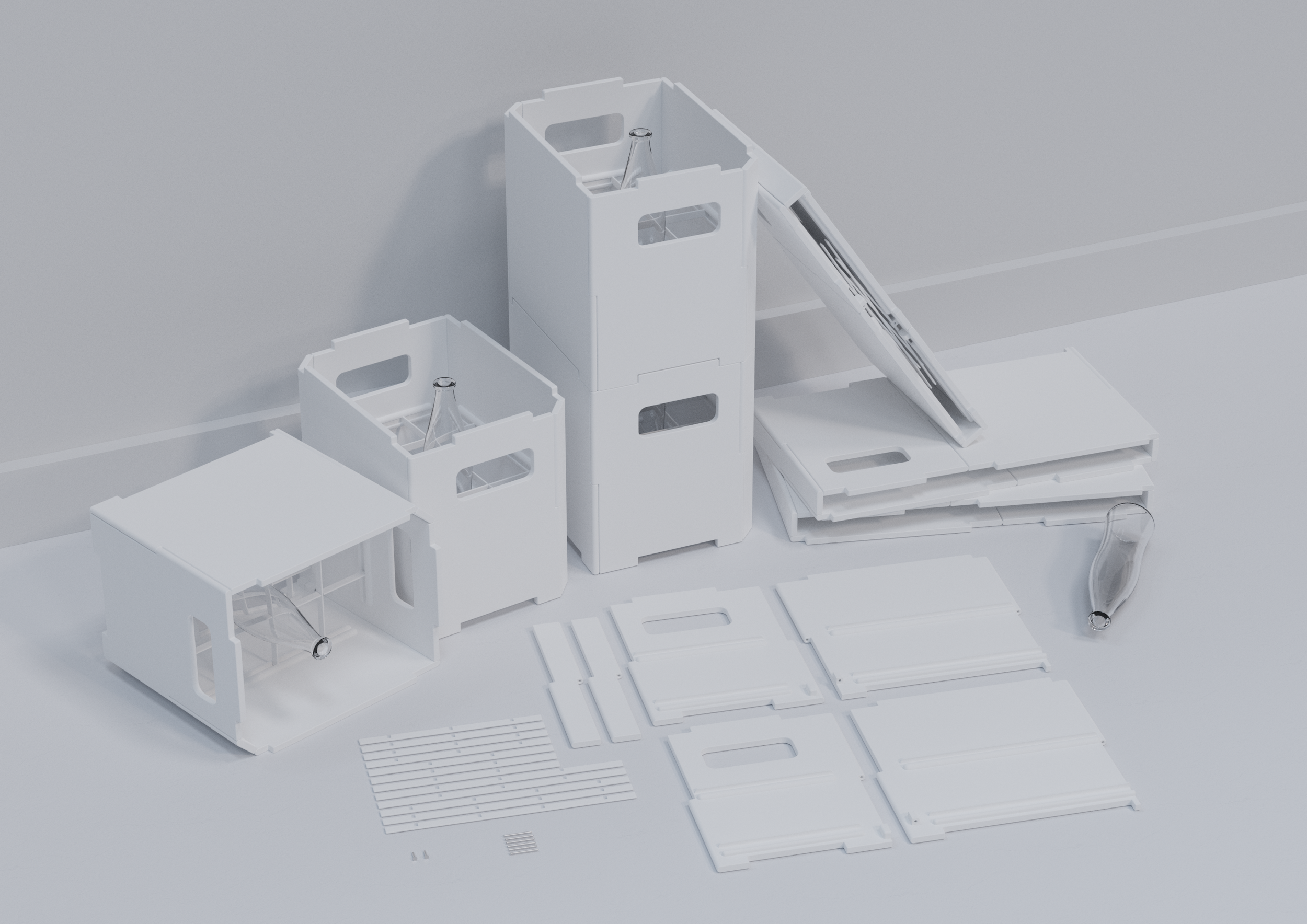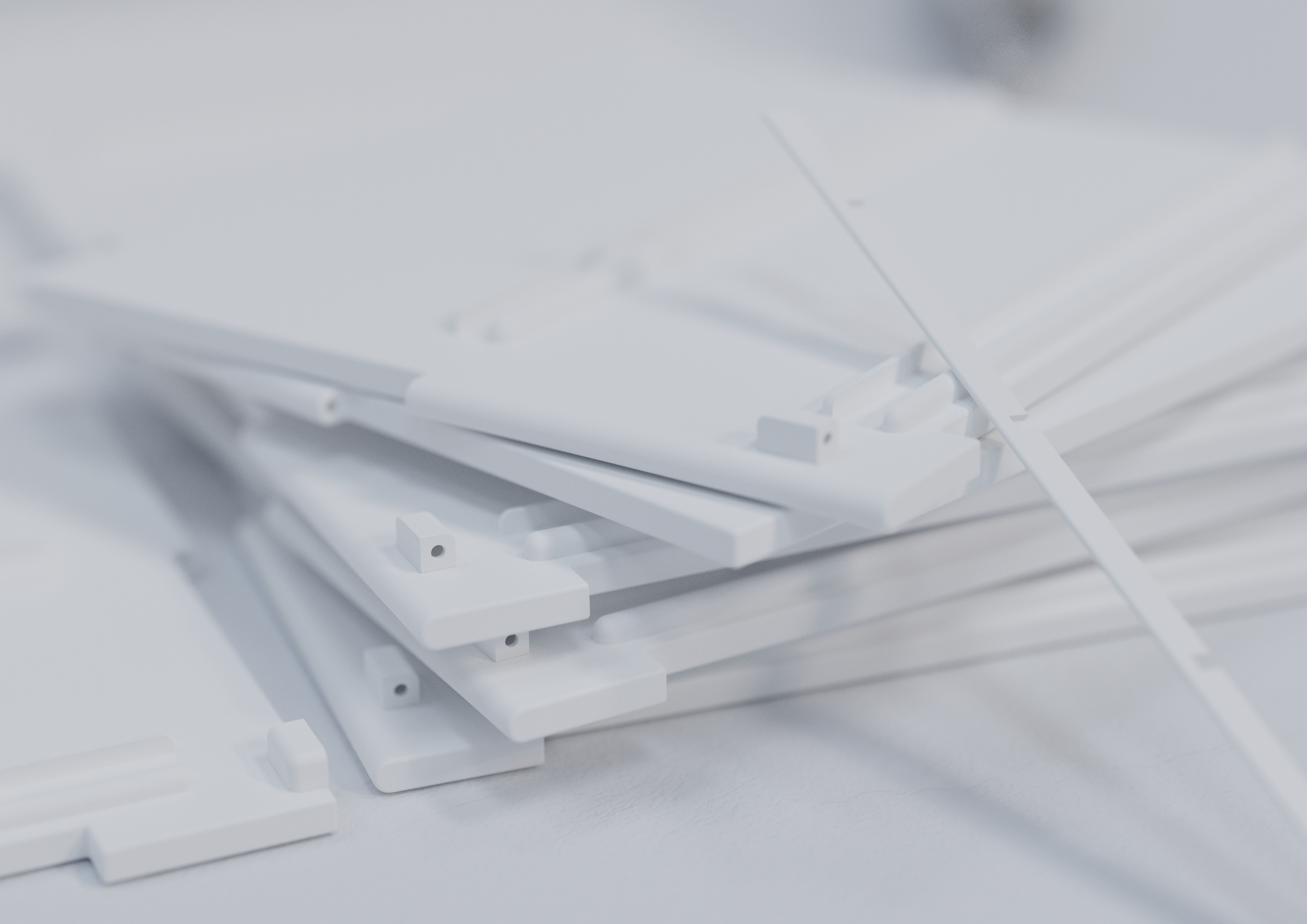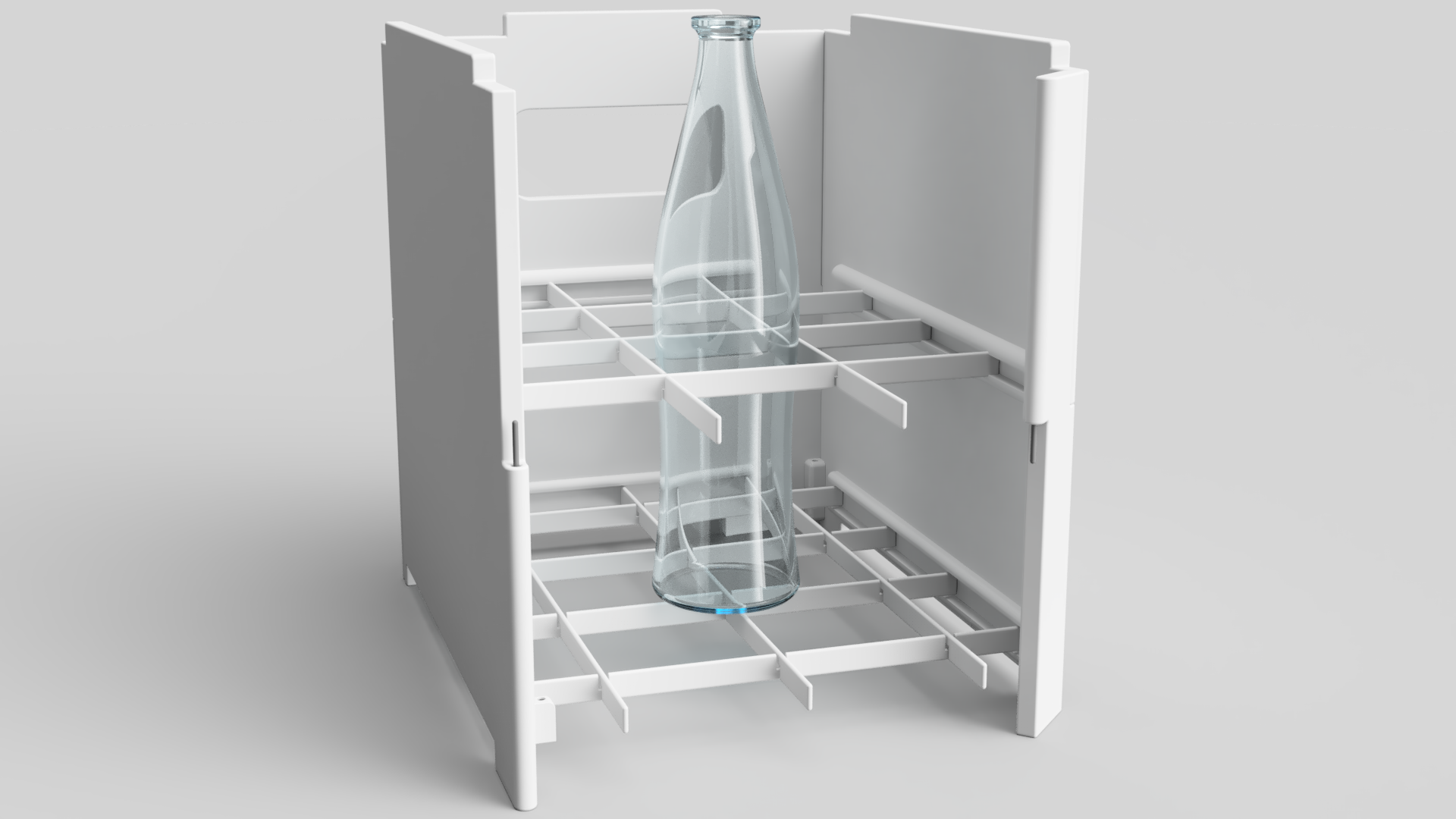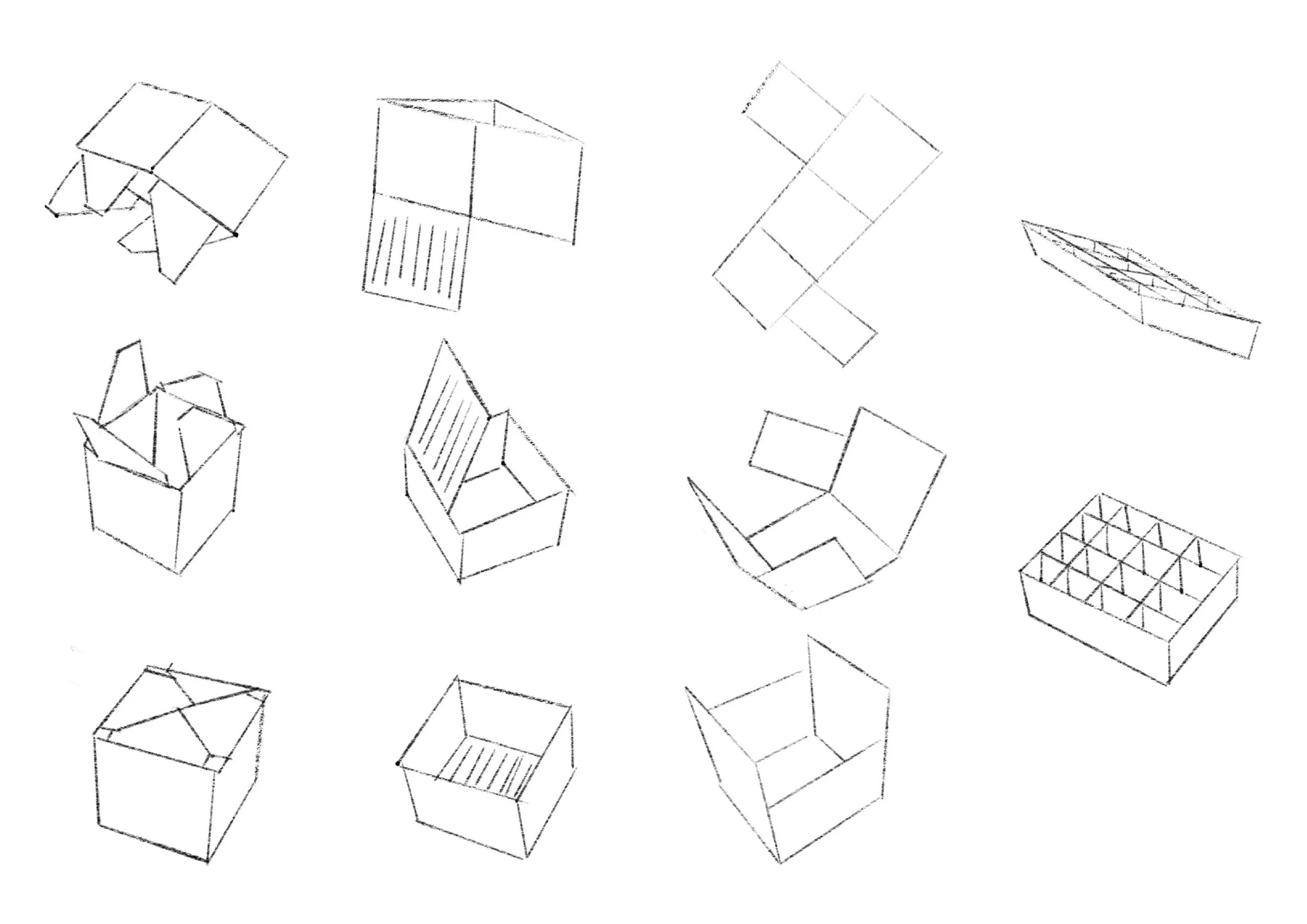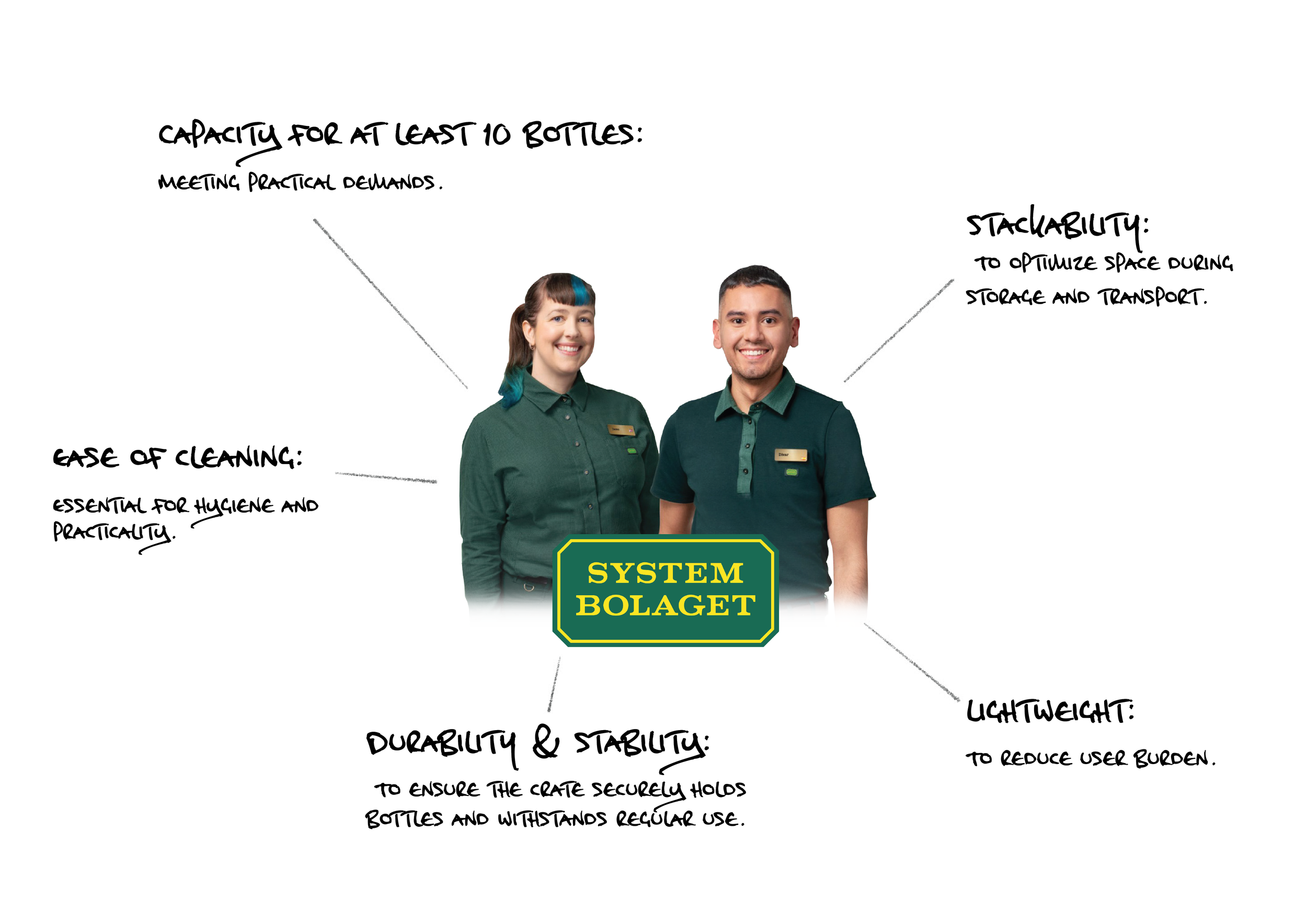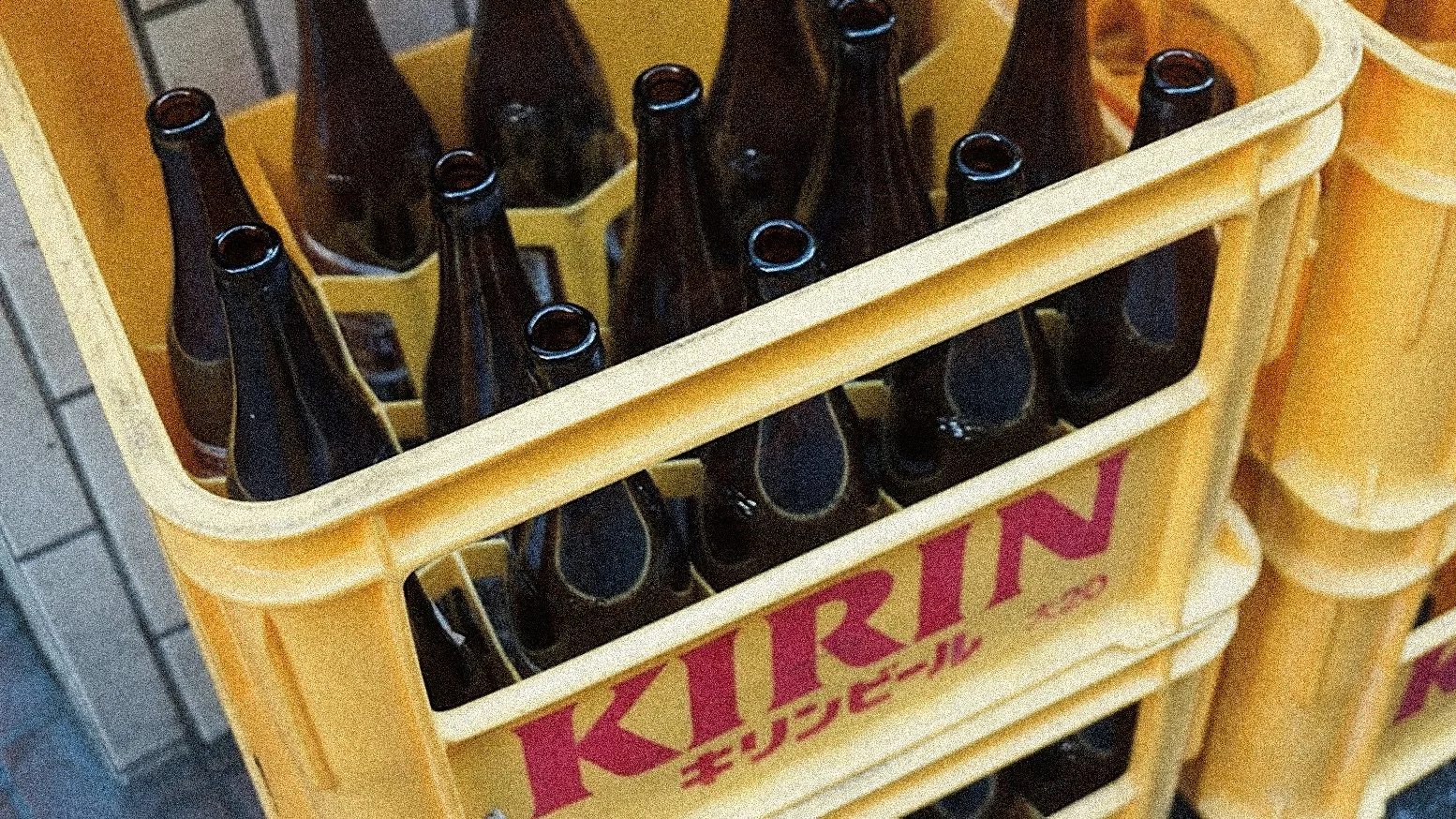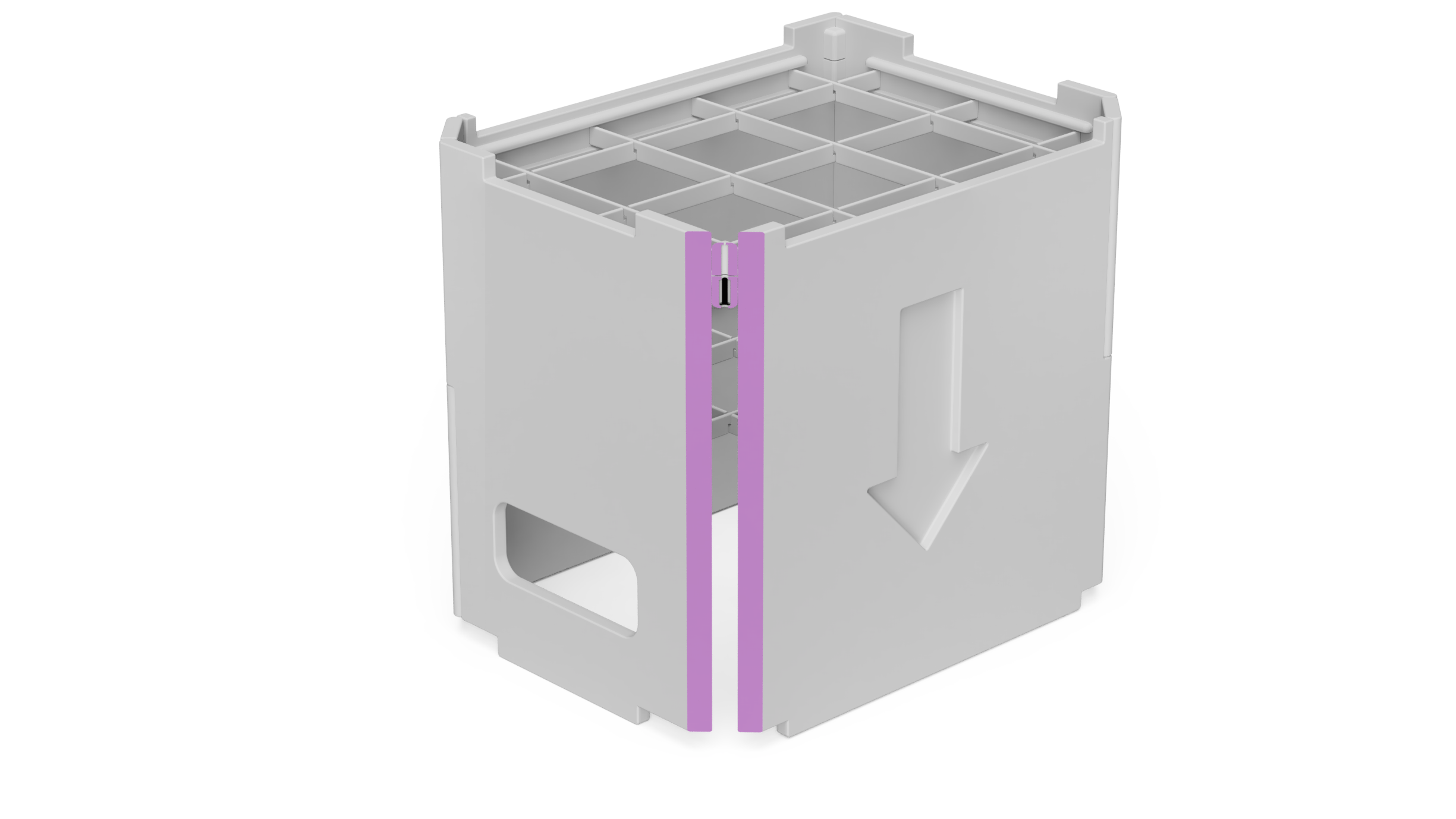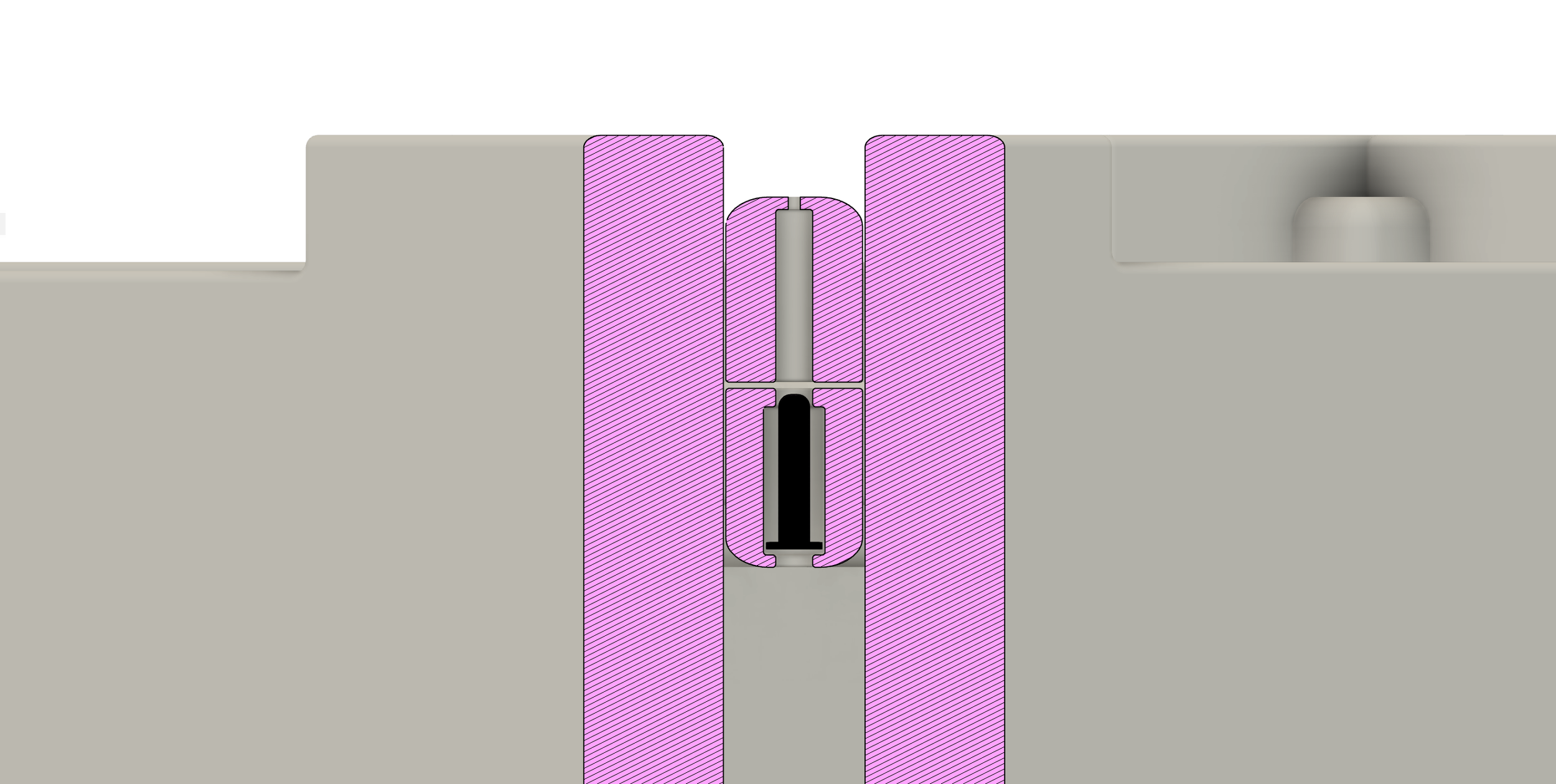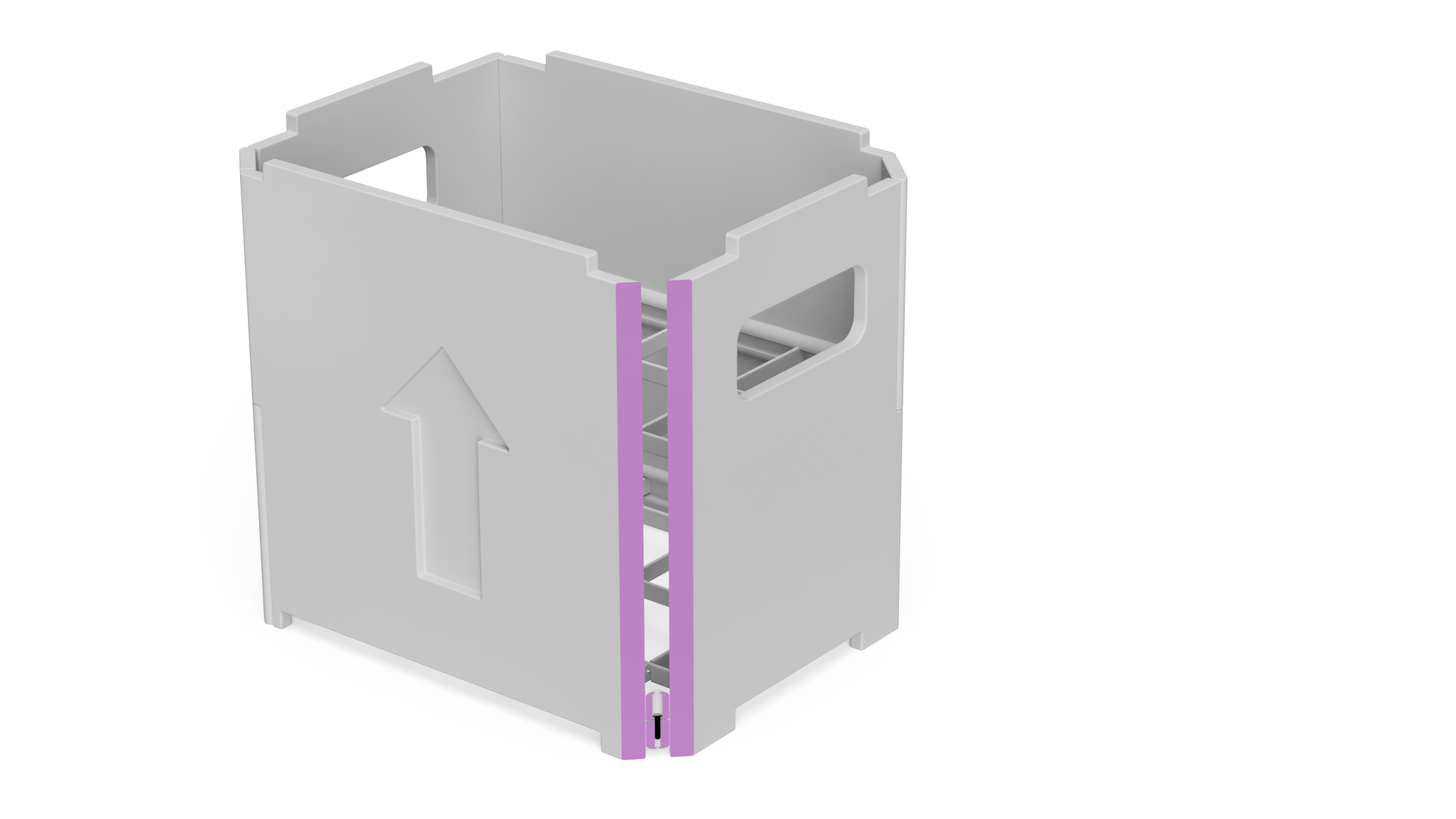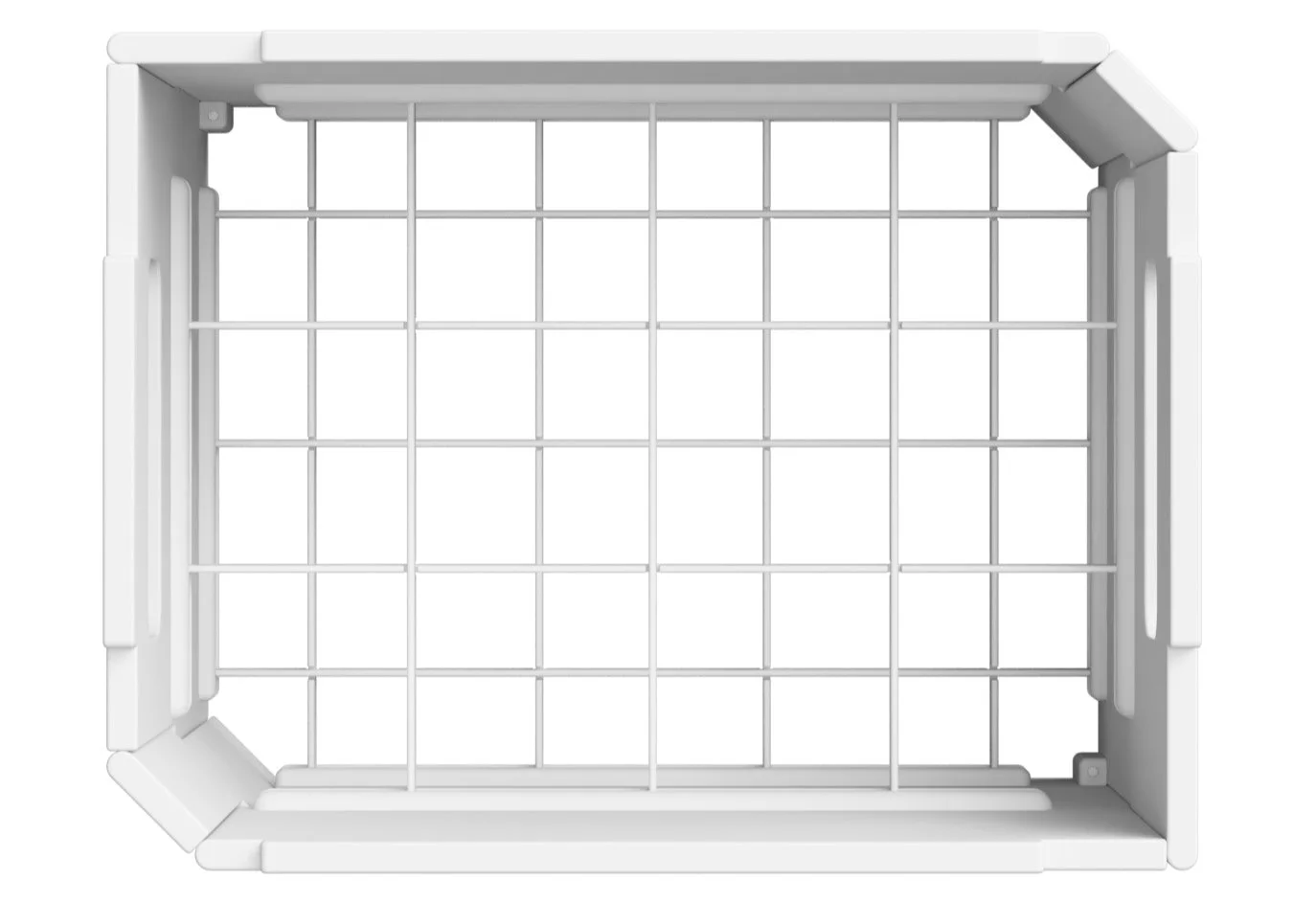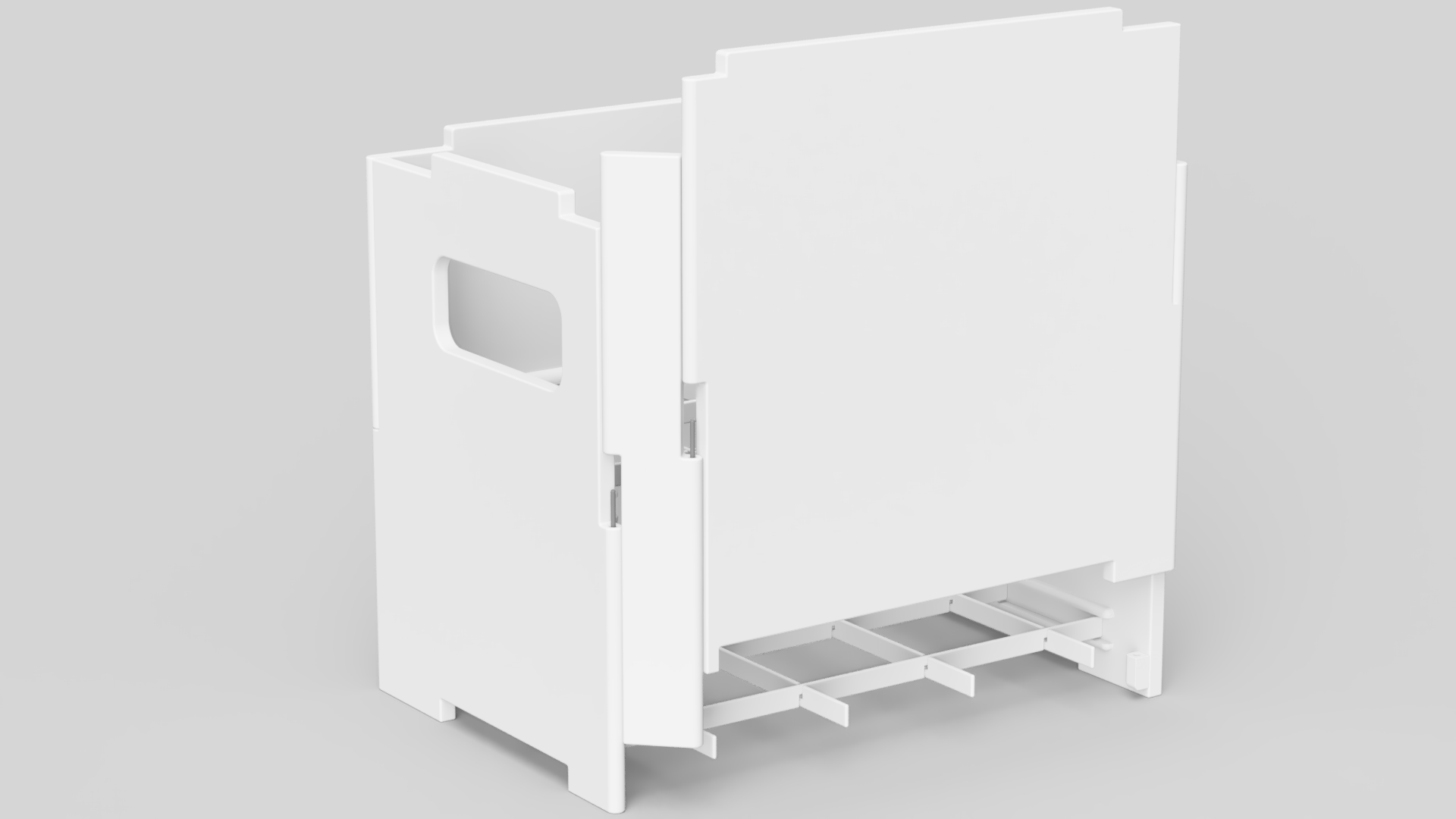Ergonomic and Foldability designed in a simple plastic Bottle Crate
This project report outlines the development of a foldable bottle crate designed to meet the specific needs of beverage retailers. The primary aim was to create a practical solution that optimizes storage efficiency without compromising durability or functionality. By addressing key challenges in current bottle crate storage, this project presents an innovative design poised to improve logistical processes within the retail industry.
Project Objective
This project aimed to create an innovative solution for the storage and handling of empty bottle crates, specifically designed for retailers like Systembolaget. Traditional bottle crates occupy substantial space when empty, posing challenges in terms of storage and transportation. Our objective was to develop a foldable, stackable crate that would minimize storage volume when not in use while remaining sturdy enough to handle the weight and impact of bottles when filled. This approach provides an efficient solution for beverage retailers, simplifying storage and logistical processes. By prioritizing a design that is both functional and durable, we aim to offer a product that optimizes space utilization and resource efficiency.
Development Process
To accurately assess customer needs and challenges, we conducted a comprehensive market survey utilizing both qualitative and quantitative methods, including open-ended and scaled questionnaires. This enabled us to identify the most valued characteristics in a bottle crate. Following Ulrich and Eppinger's product development methodology, the project was structured in stages, from identifying customer requirements to final concept selection and prototyping. Our research also included an in-depth patent analysis to ensure a unique design that met specific market demands. By iterating and refining our ideas through prototypes, we confirmed that our final design meets essential requirements for stability, ease of use, and durability, which served as core project principles.
The group collaborated on this group project, sharing responsibilities to work efficiently toward a common goal
Benchmarking:
Benchmarking was applied by comparing the product to existing crates on the market, evaluating similarities and differences.
User Surveys:
Two questionnaires on crate handling were developed to understand customer needs. Surveys with seven retailers included open-ended questions and a 1-5 scale to assess key factors.
Ideation:
Concepts were developed through ideation, sketching, and prototyping. The final concept was selected based on market research and prioritized specifications.
Patent Research:
Patent research was conducted to confirm the idea’s uniqueness, with mechanisms and structures analyzed to avoid infringement.
Final Concept
The completed bottle crate design is intended to be both intuitive and practical. It can be easily folded or unfolded, facilitating the storage and transport of empty crates. To ensure stability and security, we implemented a simple yet effective locking mechanism, allowing the crate to remain stable during handling and stacking. The design also incorporates flexibility through interchangeable inserts, accommodating different bottle sizes. This adaptability makes it an ideal solution for retailers seeking a versatile and durable option. By combining these features, the final design addresses both storage efficiency and enhanced user experience, meeting the diverse needs of the retail industry.
To fold it, turn the crate upside down, so the locking pin retracts and unlocks the two 90 degrees angles
In upright position the crate locks in place and becomes stable


